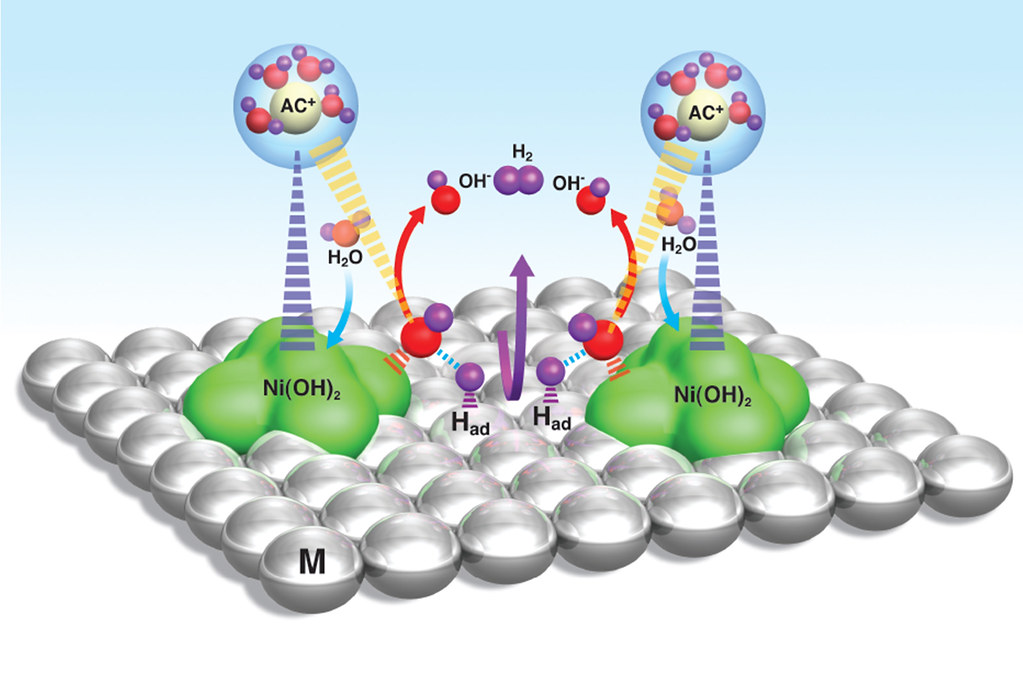Context:
Recently, the government has announced a scheme to support efforts to test the viability of green hydrogen as a fuel for cars and heavy vehicles.
More on the news
- The Ministry of New and Renewable Energy (MNRE) has introduced a Rs-496-crore (until 2025-26) scheme to aid pilot projects that either test the viability of green hydrogen as a vehicle fuel or develop secure supportive infrastructure such as refuelling stations.
- Major Indian commercial vehicle manufacturers such as Tata Motors, Volvo Eicher, and Ashok Leyland are intensifying their efforts to develop hydrogen-powered trucks and buses, with increased focus on research and development, etc.
Green and grey hydrogen
- Green hydrogen is generated through the process of electrolysis, wherein water is split into hydrogen and oxygen using an electrolyzer powered by renewable energy sources.
- This method is widely regarded as an almost emission-free means of producing hydrogen.
- Currently , the predominant form of hydrogen utilized in industrial sectors is ‘grey’ hydrogen. It is derived from natural gas via energy-intensive procedures, resulting in significant carbon emissions.

MNRE Transport Sector Scheme Objectives:
1. Validation of Technical Feasibility and Performance:
- Assessing the technical feasibility and performance of green hydrogen as a transportation fuel.
- Conducting experiments and tests to validate the effectiveness and reliability of green hydrogen in powering vehicles.
2. Evaluation of Economic Viability:
- Analyzing the economic viability of green hydrogen-powered vehicles.
- Assessing the cost-effectiveness and potential economic benefits of transitioning to green hydrogen as a fuel source for transportation.
3. Demonstration of Safe Operation:
- Demonstrating the safe operation of hydrogen-powered vehicles and refuelling stations.
- Implementing safety protocols and measures to ensure the secure handling and utilisation of hydrogen fuel in transportation applications.
Viability gap fund for the Transport Sector Scheme
- The allocation of viability gap funding (VGF) and its amount will be decided based on the specific needs, merits, and feasibility of each project.
- The executing agency is mandated to complete the pilot project within a two-year period.
Hydrogen fuel cell vehicles
- In contrast to battery electric vehicles (BEVs), where the battery constitutes the heaviest component, hydrogen fuel cell electric vehicles (FCEVs) are generally lighter due to the lightweight nature of hydrogen.
- Moreover, the weight of a fuel cell stack is typically less than that of an electric vehicle (EV) battery.
- This characteristic renders hydrogen fuel cell technology a promising alternative to EV battery technology.
National Green Hydrogen Mission
- On 04 Jan 2023, the Union cabinet approved the National Green Hydrogen Mission.
- It aims to make India a Global Hub for the production, utilisation and export of Green Hydrogen and its derivatives
- It helps India to become energy independent and in the Decarbonisation of major sectors of the economy
- The Ministry of New and Renewable Energy formulates the scheme guidelines for implementation of the respective components.
The Mission will result in the following likely outcomes by 2030.
- Development of green hydrogen production capacity of at least 5 MMT (Million Metric Tonnes) per annum with an associated renewable energy capacity addition of about 125 GW in the country.
- Over Rs. 8 lakh crores in total investments
- Creation of over 6 lakh jobs
- Cumulative reduction in fossil fuel imports over Rs. 1 lakh crore.
- Abatement of nearly 50 MMT of annual greenhouse gas emissions.
Opportunities in Green Hydrogen
- Green hydrogen holds promise for substantial emission reductions, contributing to efforts to combat global warming and climate change.
- India foresees multiple benefits, including pollution reduction, attainment of climate targets, and decreased reliance on expensive fossil fuel imports.
- It has the potential to establish India as a global hub for green hydrogen production and exports.
Challenges Associated with it
- Several significant challenges such as high production cost, issues related to storage and transportation on a large scale.
- Green hydrogen-powered vehicles currently face obstacles in becoming a preferred alternative to four-wheel battery electric vehicles (BEVs), primarily due to concerns regarding fuel expenses and the lack of supportive infrastructure.
- Recently, Shell, a key player in hydrogen refueling technology, announced the closure of all hydrogen refueling stations for cars in California due to supply complications and external market factors.
- Presently, most cylinders manufactured in India are designed for compressed natural gas (CNG), but hydrogen requires higher pressure storage, making traditional CNG cylinders unsuitable.
- Enhanced carbon fiber strength is necessary for high-pressure hydrogen cylinders, contributing to their higher cost.
- Given hydrogen’s high flammability, particular attention must be paid to fuel handling at retail stations compared to diesel, petrol, or even CNG.
Way Forward
- Prioritize R&D: Invest in research and development to reduce production costs and improve storage and transportation solutions.
- Develop Supportive Infrastructure: Build a network of hydrogen refueling stations and dedicated infrastructure to create a viable ecosystem for green hydrogen vehicles.
- Safety Measures: Implement stringent safety protocols for handling green hydrogen to ensure public confidence and address flammability concerns.
- Public-Private Partnerships: Promote collaboration between public and private entities to accelerate technology development, infrastructure creation, and market adoption of green hydrogen solutions.
- Leverage Existing Expertise: India’s strengths in renewable energy can be utilized to create a strong foundation for green hydrogen production.

